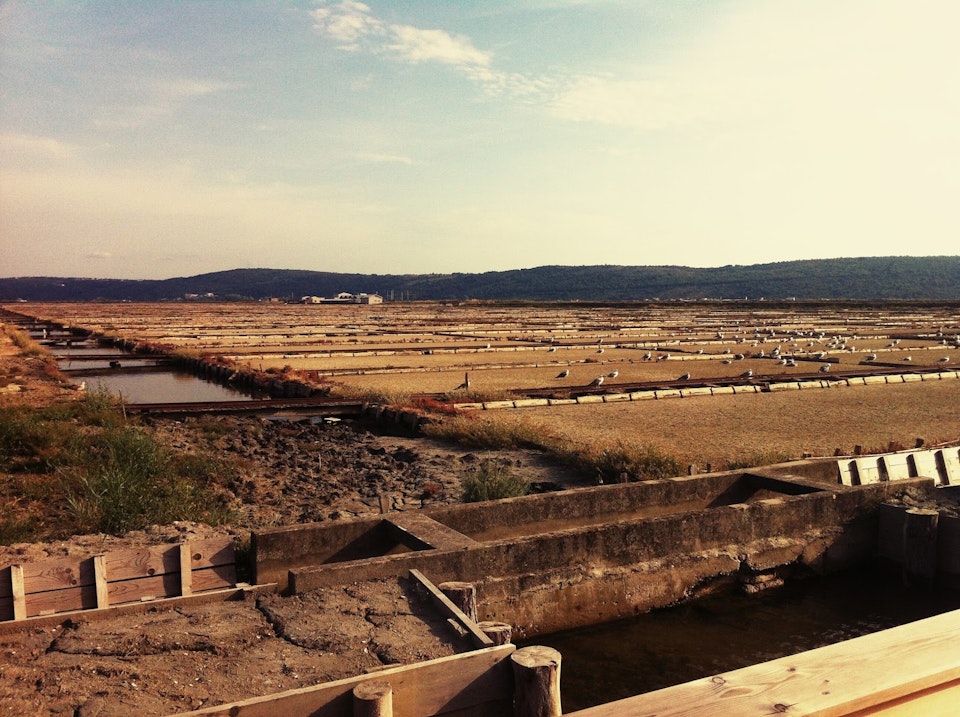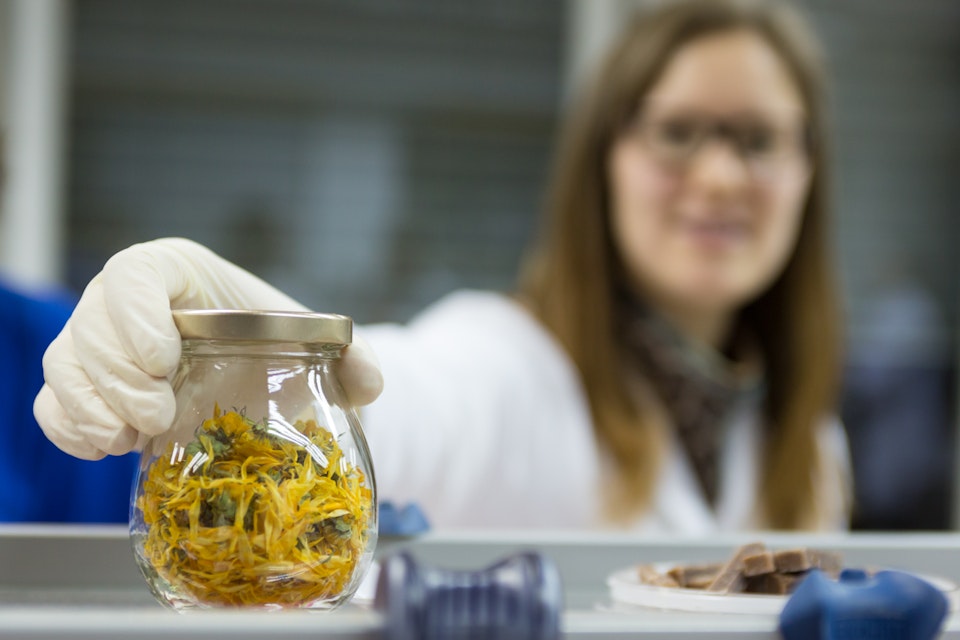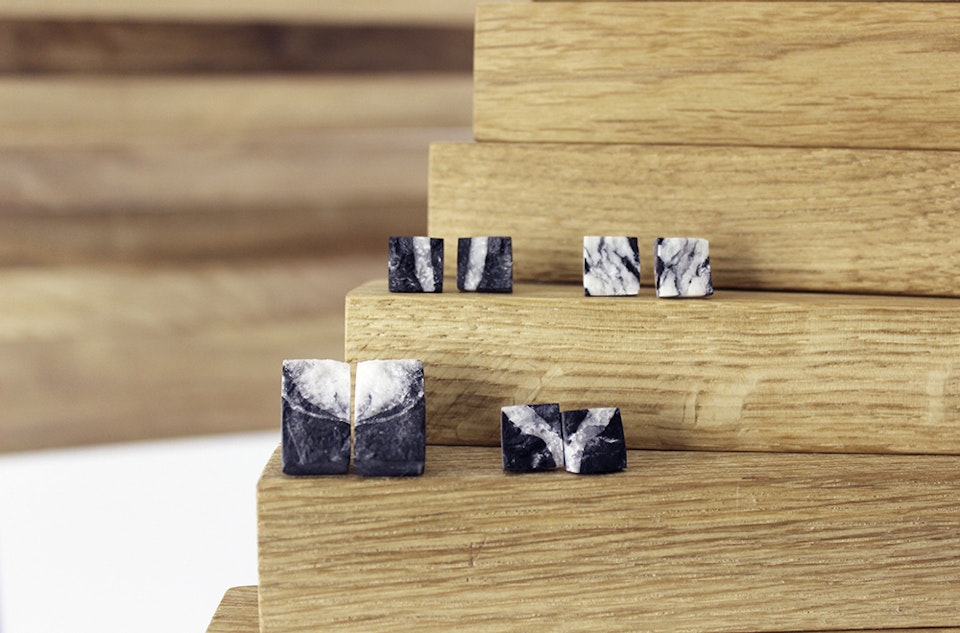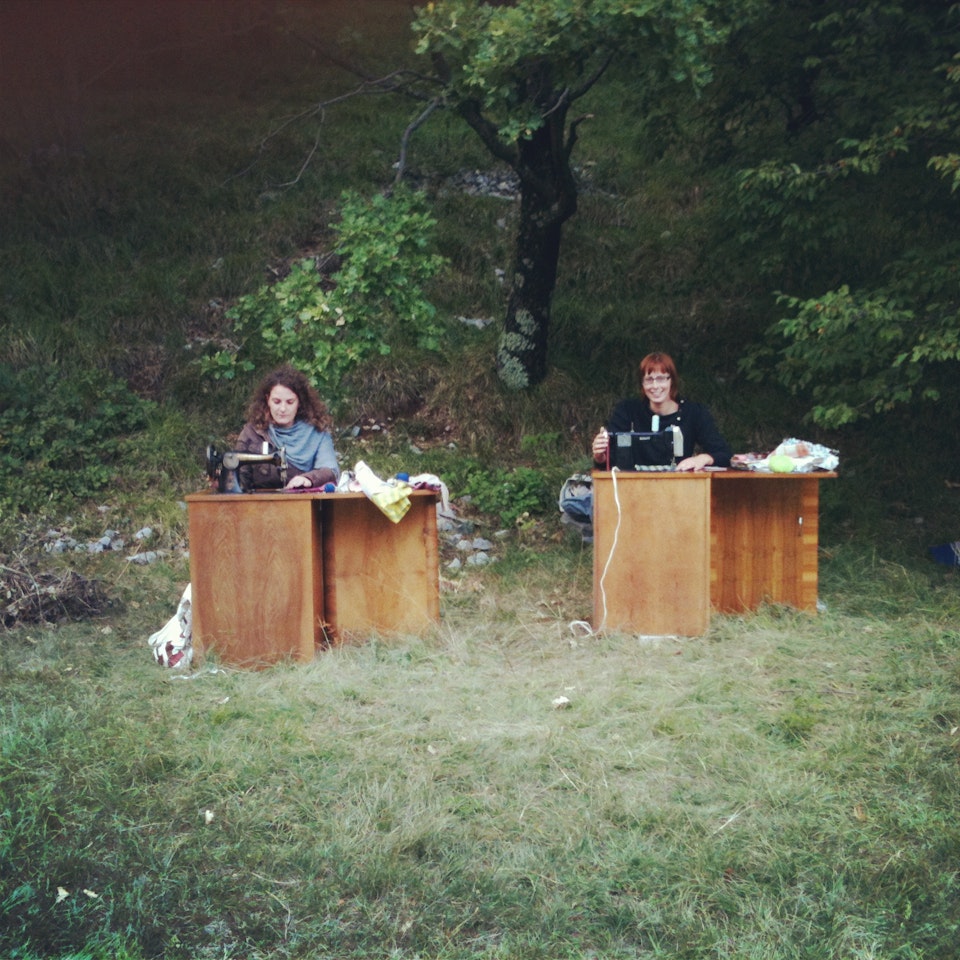December 12, 2016
Meet Anja & Alja, Slovenian Soap-Makers

On the Slovenian coast lies the old salt fields of Piran, a portion of which is preserved as a salt-making museum in order to protect its distinct heritage. On the other half, salt can still be collected.
“The salt there is actually sundried sea. The salt is not rinsed, so the minerals that are part of it won’t get lost,” share regular frequenters, Anja and Alja.
Salt fields in Piran. Photo: Anja and Alja
The duo make up Milo za drago; the name is a play on words in their native tongue. Milo means soap. So, it’s “soap for my dear.” In Slovene, it is also “tit for tat.” But, Milo za drago soaps aren’t just soaps. “It’s a combination of our interests in design, research in soap-making, experimentation in recipes and, in a way, Slovenian heritage as we include regional ingredients,” they explain.
Anja and Alja first met while studying stone design. Both share an interest in crafts, a love for heritage, an openness to experimentation and innovation with art techniques; they hit it off immediately. However, it was only during a contest at Anselma, one of Ljubljana's coworking place, that they realised the teamwork would end in a partnership.
“We made a parrot raincoat fused out of plastic bags. It was a project that was just for fun, but we guess those workshop days showed that we like to work with each other,” the duo recounts.
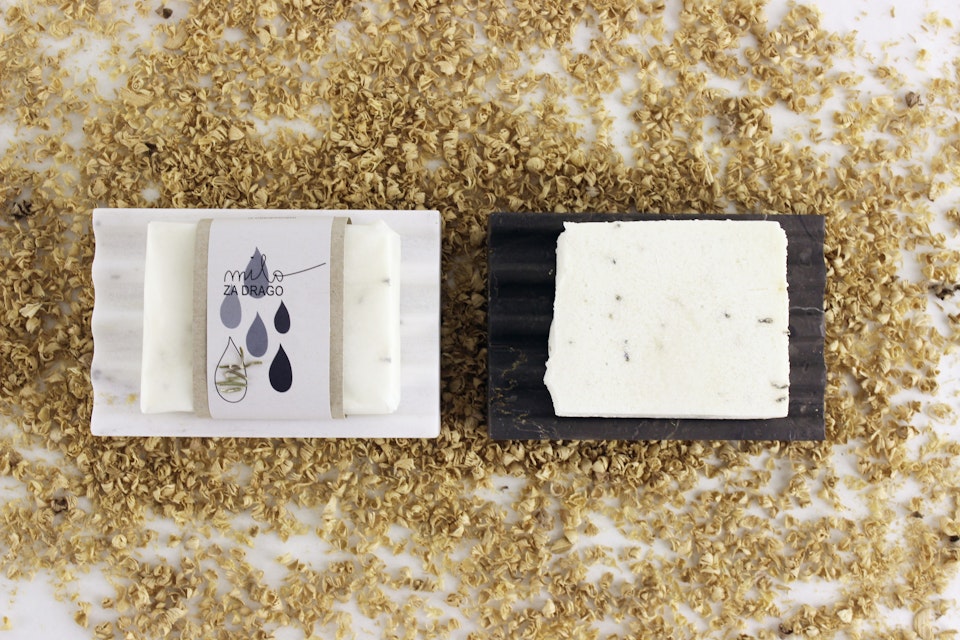
Salt soaps by Anja and Alja
The pair tells us about their famous salt soaps, the creative scene in Ljubljana and their VAWAA experience:
(Edited for brevity and clarity)
How did you both get into the art of soap-making?
Anja has been doing soaps for some time. She was fascinated by the fact that you can make cosmetics that are good for both the body and the environment, out of ingredients that you can also eat! After learning [salt-making] at home, she held some workshops about it. Once we really got into it, which meant researching, trying and failing, together we developed the recipes for our Milo za drago soaps.
What’s unique about your soaps?
Besides resonating with our interests, they are natural, sustainable, high-quality cosmetics that we make on our own and are proud of. The outcome is a great shower soap with bubbly lather than can be also used for shaving. And, it contains our favourite salt, which gives a gentle peeling effect.
What sort of ingredients do you use?
We work with ingredients that can be eaten. Some are grown on our own, like the rosemary, lavender, marigold, thyme and walnuts. While Piran salt and refosco wine are sourced locally.
Marigold petals Photo: Anja and Alja
Share with us the process of making a natural soap from start to finish.
Firstly, you choose your ingredients. Then, you prepare and weigh the ingredients. You mix the Lye with the liquid and let it cool down. During the cooling, you melt and mix the oils and butters. This is mixed with lye solution and essential oils and other additions are added. After the mixing is done, you pour the soap into molds, [where the mixture gels] for a few days. Then you cut the soaps into bars and let them cure and dry for at least four weeks, until they are ready to use.
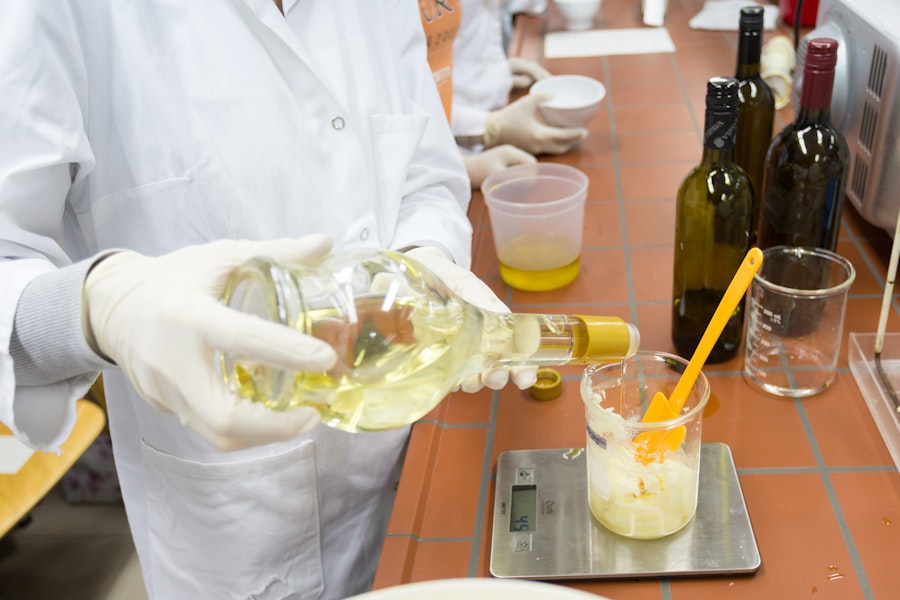
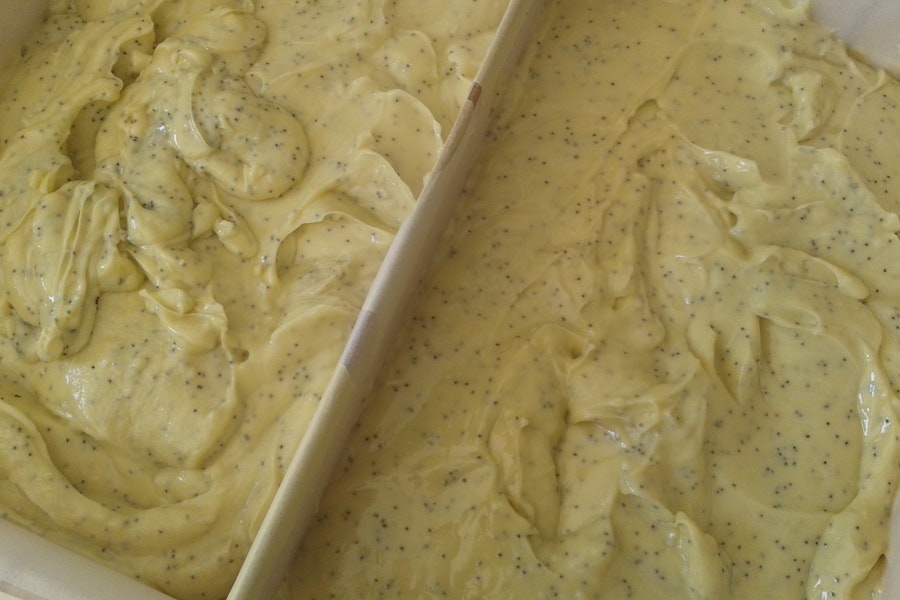
You use the method of cold process — could you explain what that is?
It´s a type of soapmaking where the temperature doesn't exceed 40-50 degrees Celsius. Because of this, the ingredients in the soap retain more of their beneficiary effects. However, it also prolongs the process of soap-making to four to six weeks, because of the length of curing.
Besides soap-making, you do stone jewelry. Tell us about that.
As we studied stone design, there was one subject where we grinded cabochons. Because of this, we were familiar with the process of perfect, traditionally-shaped jewelry. After that, we had an internship in a mosaic workshop in Ravenna. We cut stones by hand to show their rough side, and this inspired our own line of stone earrings. These are gilded with gold leaves as we love the traditional technique of gilding stone.
Stone jewelry by Anja and Alja
What can someone expect to see in your studio?
Something new, every day. We share the place with other creatives, so the space changes with the projects that we are currently working on — sometimes you step into an office, other times it is a mosaic studio, woodworking area or sewing area. But for sure, there will always be some tools lying around and someone to have a coffee/beer with.
Give us a run-through of your day in Slovenia.
If we had the whole day at the workshop together, it’d be more of an easy pace than those days where we meet after work. In both cases, it’s always something else: making earrings, packaging soaps, preparing for a workshop or being covered in stone dust after grinding marble soap holders! Sometimes, it’s also the not-so-popular paperwork. We like it when our workshop is fully occupied. We usually have lunches together as well, where everyone prepares something at home.
What’s the creative scene in Ljubljana like?
[Our workshop’s location] is part of the greater Tobacna scene, which is situated in the facilities of a former cigarette factory. Over the past few years, the scene is getting livelier. There are more co-working places opening up because people in creative professions got to know the power of cooperating. There are also more opportunities to present our work at creative fairs and meet other artists.
Where are your favourite nature break spots in Slovenia?
Around Bovec, with Soca river, Kras (Karst), Ljubljana marshes…
How was your experience with Katja, your first VAWAA guest?
It was great. We hit it off, we even found we have some common friends and spent the soap-making experience in a really cosy atmosphere. Even after finishing we stayed in our studio. Katja showed us some basics of crocheting, we were chatting and drinking tea. And we still stay in touch from time to time.
Lastly, what do you want people to understand about your work?
We do it out of genuine passion and that all of our products are interpretation of traditional techniques in specific material. For us, Milo za drago is an embodiment of precise work and elaborate skills.
Written by Ann Ravinther
Vacation with Anja and Alja in Ljubljana, Slovenia
For more stories and new artist updates, subscribe here.
